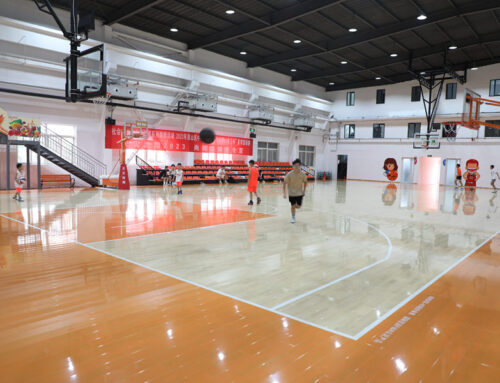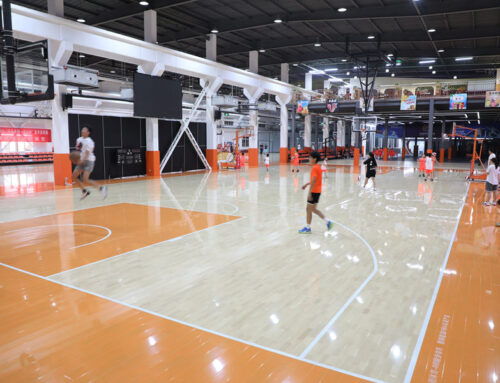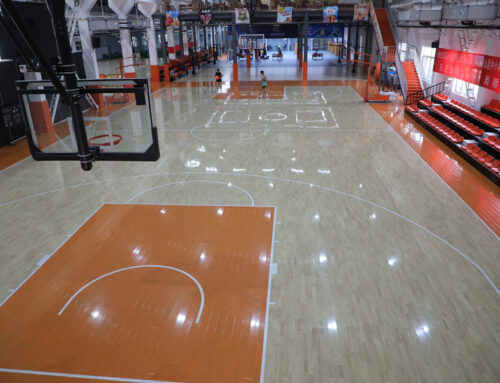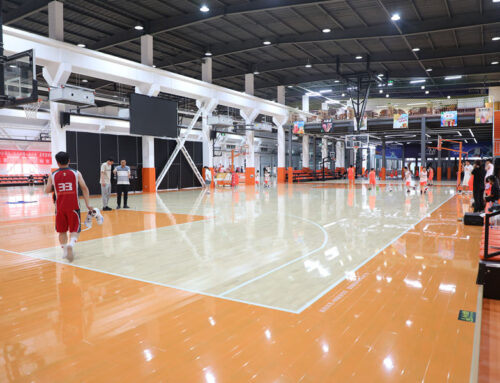My Little Flooring Project Adventure
Okay, so I got this idea stuck in my head. The floor in my spare room, you know, the one that became a sort of makeshift gym slash ‘I need space’ room during the past couple of years? It was just old, sad carpet over concrete. Cold, hard, and frankly, depressing. Plus, I wanted something with a bit of give, maybe try some of those silly dance workout videos without feeling like I was stomping directly on my downstairs neighbor’s head. So, I landed on this idea: wooden flooring, but not just slapped down. Nah, I wanted it raised a bit on sleepers, with some rubber underneath. Like a mini sprung floor, kinda.
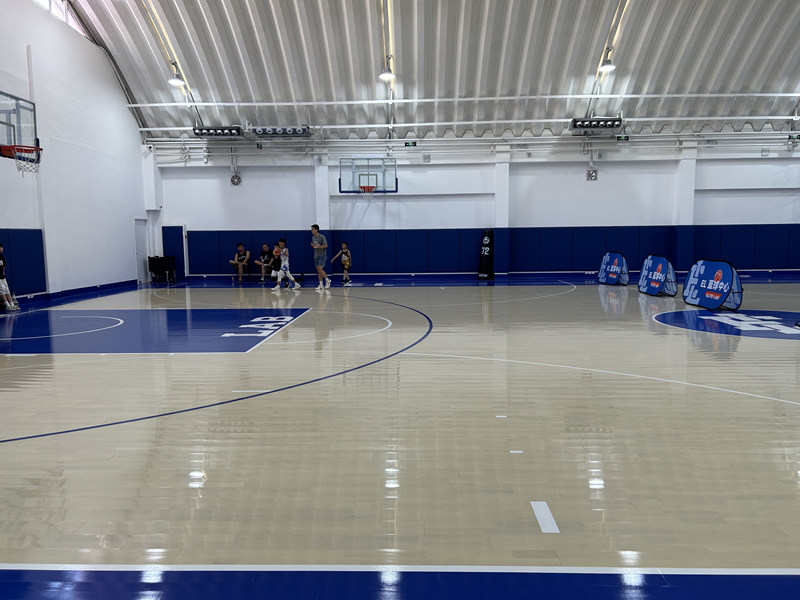
First things first, had to rip out that nasty old carpet. Man, that was a job. Pulled it up, then the underlay, which had basically disintegrated into dusty fluff. Then came scraping off the old adhesive blobs stuck to the concrete. Swept it, vacuumed it, then washed it down. Had to let it dry properly for a couple of days. You gotta start with a clean slate, right?
Next up was the rubber layer. I got these big rolls of recycled rubber underlayment, pretty thick stuff. Rolling it out wasn’t too bad, but cutting it neatly around the edges of the room was fiddly. Used a sharp utility knife, changed the blade often. Just laid it flat, didn’t glue it or anything, just taped the seams together with some heavy-duty tape to stop it shifting about.
Getting the Sleepers Down
This was the part I was slightly worried about. The sleepers are basically just wooden battens, treated timber strips. The idea is they create a level framework above the rubber and concrete, and you nail the wooden floorboards to them. It also creates a gap, which is good for air circulation and running wires if you need to, though I didn’t.
- Measured the room carefully.
- Figured out the spacing for the sleepers – needed them close enough to support the floorboards properly, about 40cm apart, center to center.
- Started laying them out on top of the rubber. This took some time. Had to make sure they were perfectly level. My concrete subfloor wasn’t perfectly flat, surprise surprise. Used shims, little plastic wedges, under the sleepers here and there to get everything spot on. Checked with a long spirit level constantly.
- Fixing them down was noisy. Drilled holes through the sleepers and the rubber, down into the concrete. Used long screws with plugs. Took ages, lots of drilling.
Once the sleepers were all fixed and level, it felt pretty solid. Walked around on them carefully. Yeah, this might actually work.
Laying the Wooden Floorboards
This was the fun part, seeing it actually look like a floor. I went for simple pine floorboards, tongue and groove. Nothing fancy, but solid wood.
Started along the longest wall. First board needed the groove cutting off so it sat flush against the wall, leaving a small expansion gap. Used spacers against the wall. Then just worked my way across the room. Slotted the groove of the next board onto the tongue of the previous one, tapped it snug with a mallet and an offcut block. Then nailed the boards down into the sleepers. Tried to hide the nails by nailing diagonally through the tongue (secret nailing, they call it?), which mostly worked. Some face nailing was needed near the walls.
It’s repetitive work, but satisfying. Board by board, the room transformed. Cutting the last board in each row to fit was always a bit tense, measure twice cut once, right? Definitely messed up one or two cuts, but had enough spare wood.
Finishing Touches
Got all the boards down. Huge relief. Swept up all the sawdust. Then I rented a floor sander. Started with rough grit, then medium, then fine. Created an absolute mountain of dust, even with the sander bag. Wore a mask, goggles, the whole lot. Worth it though, the floor felt smooth as anything afterwards.
Cleaned up all the dust again. Took ages. Then applied a few coats of clear floor varnish. Let each coat dry properly, light sand in between. This really brought out the wood grain and gives it protection.
Last step was putting skirting boards around the edge to hide the expansion gaps and make it look neat. Cut the corners with a mitre saw, fixed them to the wall.
And that was it. Stepping onto it now, it feels totally different. Solid, but with that slight give I wanted because of the rubber and the sleepers. Doesn’t echo like crazy either. Yeah, took a chunk of time and effort, more than I probably expected, but standing back and looking at it? Pretty chuffed with how it turned out. Much better than that sad old carpet.

